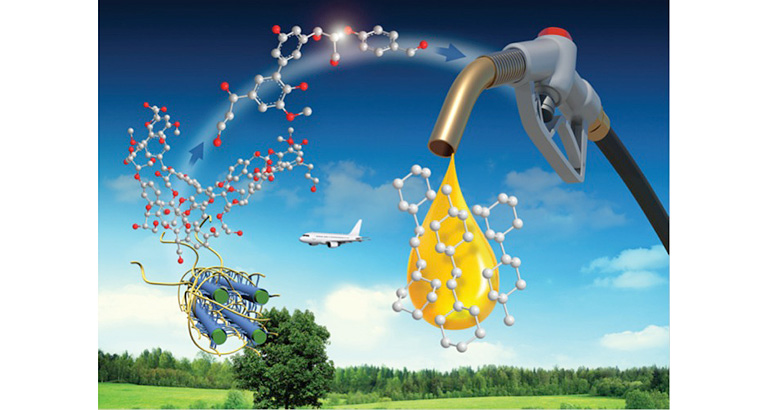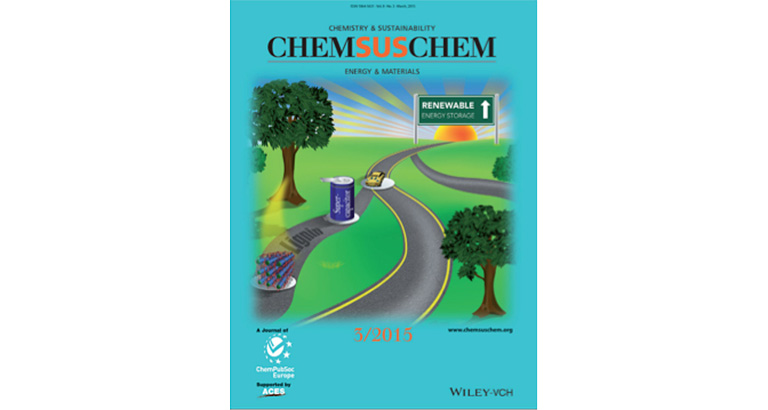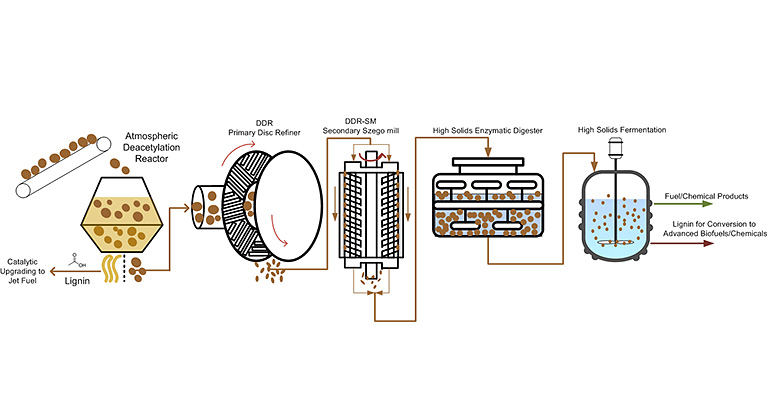Biomass Deconstruction and Pretreatment
Our mission is to transform lignocellulose into intermediate streams with low toxicity, high sugar concentrations, and utilizable lignin for biological and thermochemical upgrading to fuels and products with minimal waste generation and material and energy use.
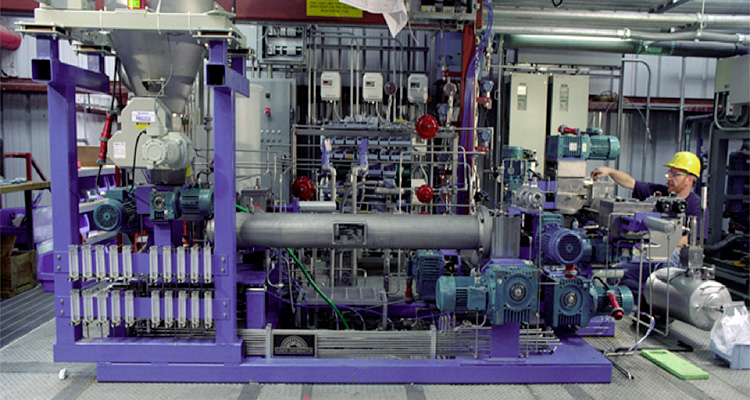
Chemical Deconstruction
We develop alkali, acid, and oxidative-based chemical deconstruction processes that result in intermediate streams tailored to specific biochemical and catalytic upgrading strategies.
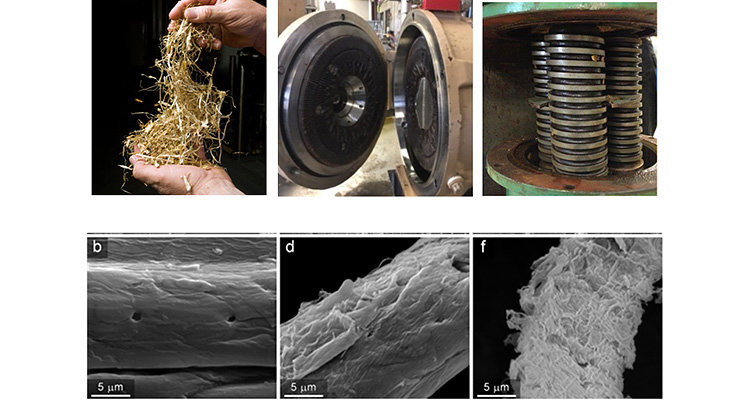
Mechanical Deconstruction
Integrated chemical and mechanical deconstruction strategies, such as the NREL deacetylation and mechanical refining (DMR) process, result in low-toxicity, high-concentration sugar streams and native-like lignin following enzymatic hydrolysis.
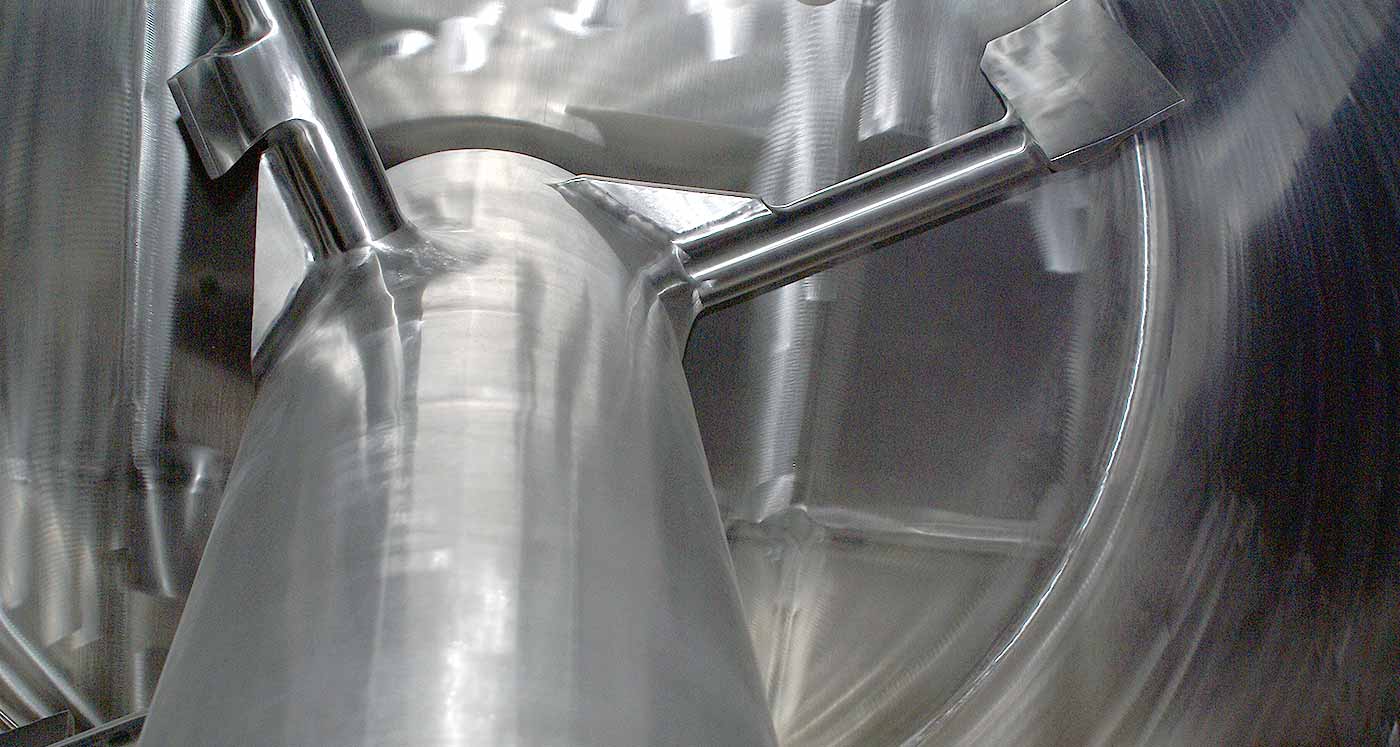
Enzymatic Deconstruction
After chemical and/or mechanical deconstruction, an enzymatic hydrolysis is performed to convert biomass polysaccharides into their monomeric sub-units for biological fermentation and/or catalytic upgrading.
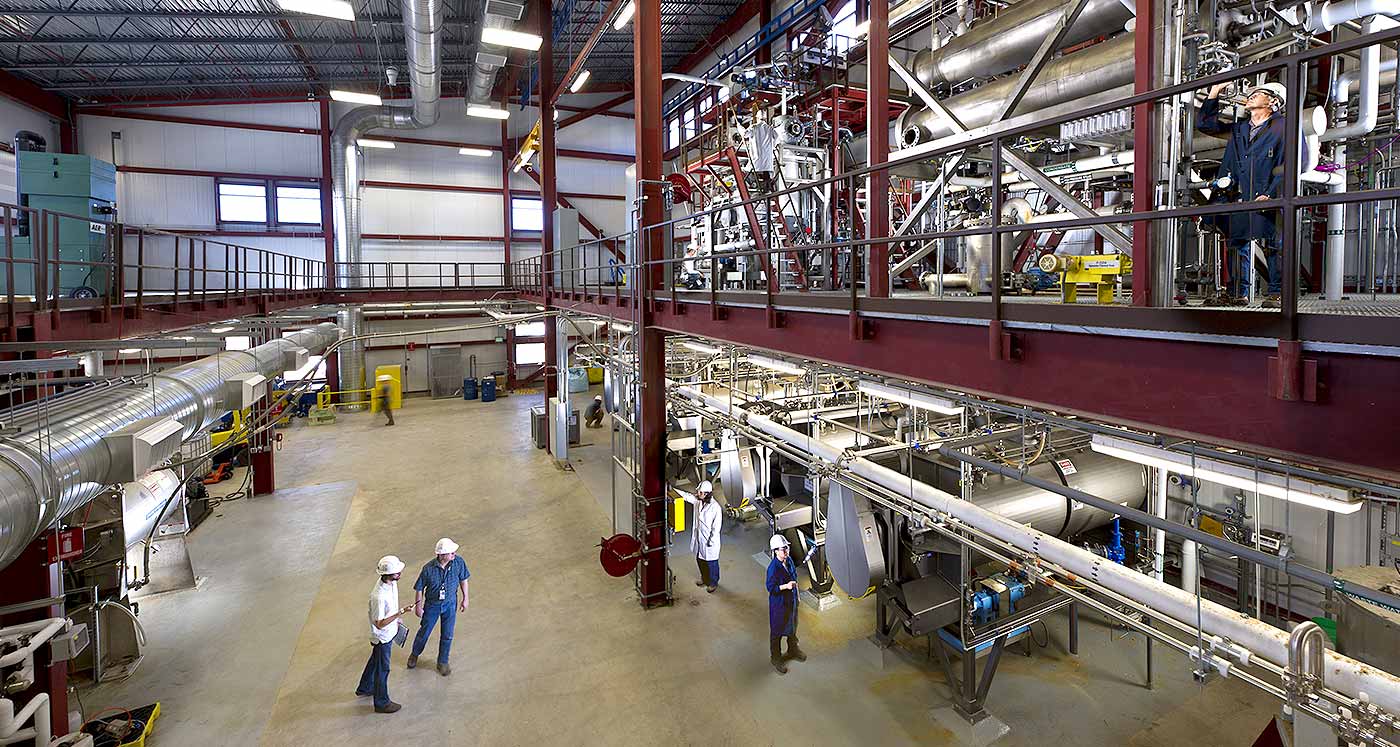
Equipment and Capabilities
The majority of the pretreatment and biomass deconstruction equipment is located in the NREL Integrated Biorefinery Research Facility (IBRF).
Research Team
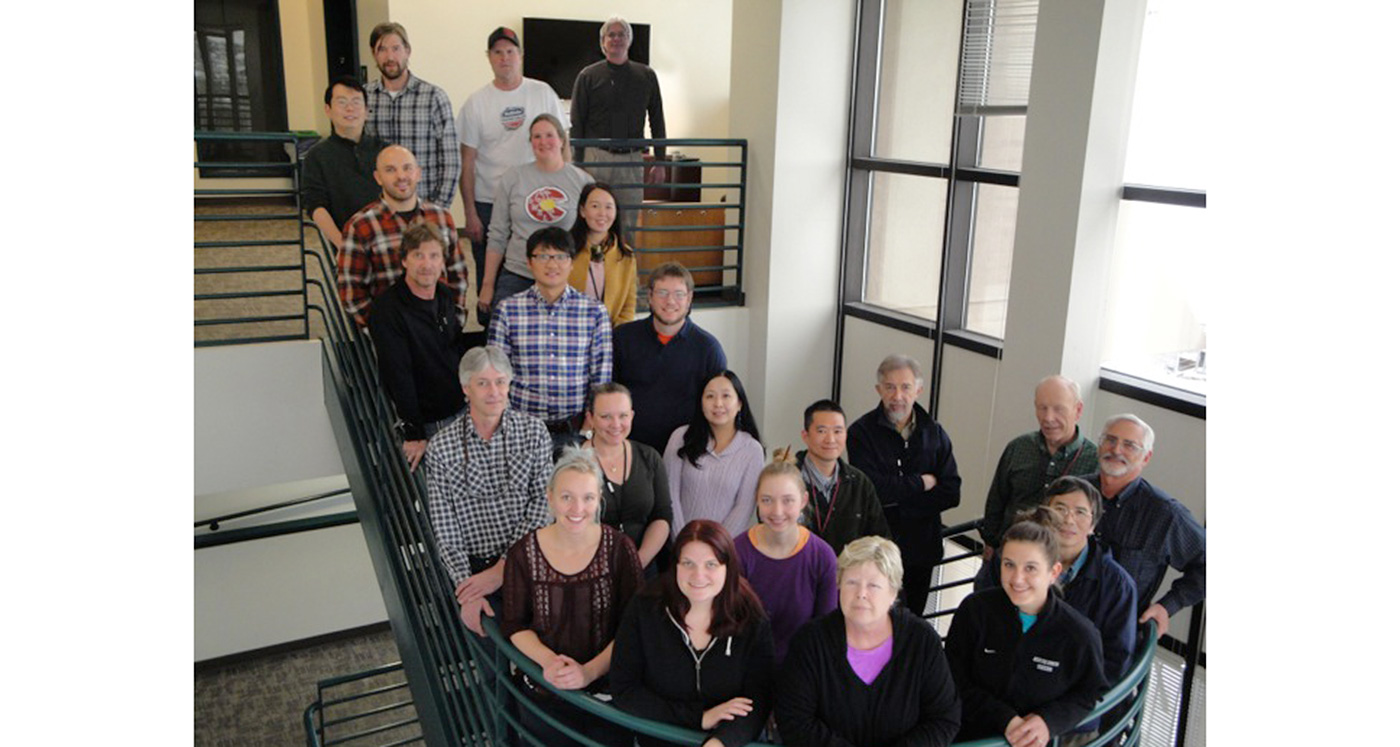
Principal Investigators

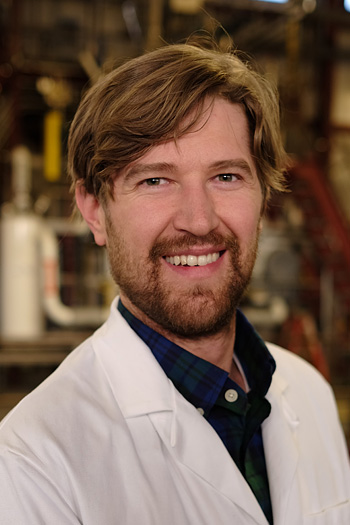
Lintao Bu
Rui Katahira
Ali Mohagheghi
Kailee Potter
Holly Smith
Larry Taylor
Thieny Trinh
Nate Crawford
Bill Bray
Wes Hjelm
Bob Lyons
Leslee Pohlee
Related and Integrated Programs
Biochemical Conversion Techno-Economic Analysis
Biochemical Process Development and Integration
Biological and Catalytic Conversion of Sugars and Lignin
Collaborators
Abengoa
ADM
Amyris
Cargill
Codexis
DSM
DuPont
Ecopetrol
Green Earth Institute
Idaho National Laboratory
JGC
MBG
Novozymes
North Carolina State University
Pacific Northwest National Laboratory
Poet
Toyota
University of North Dakota
Virent
Washington State University
Share

